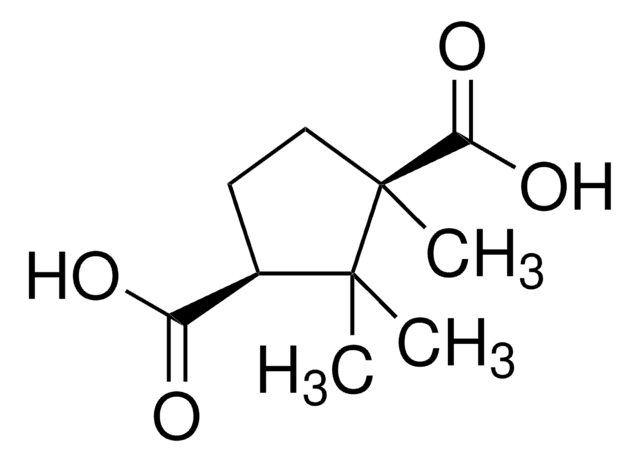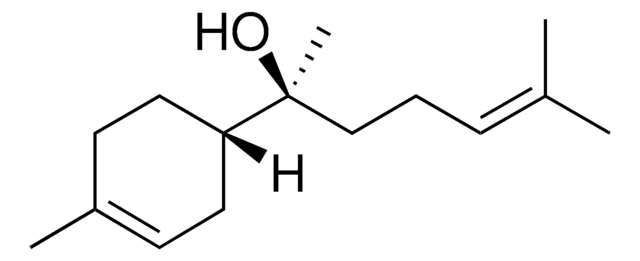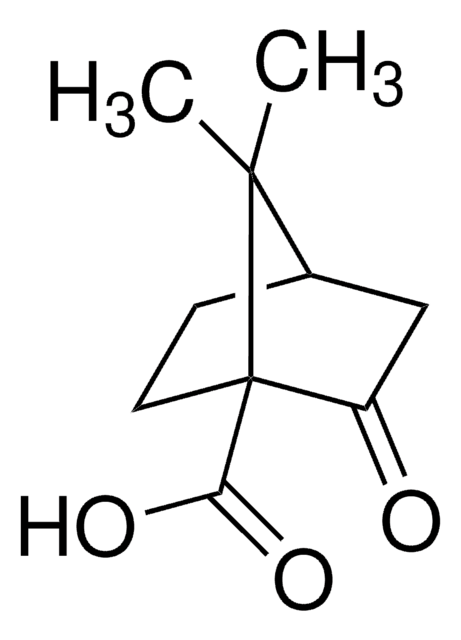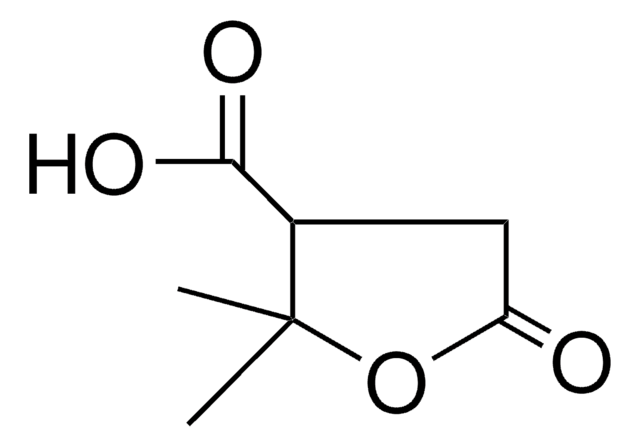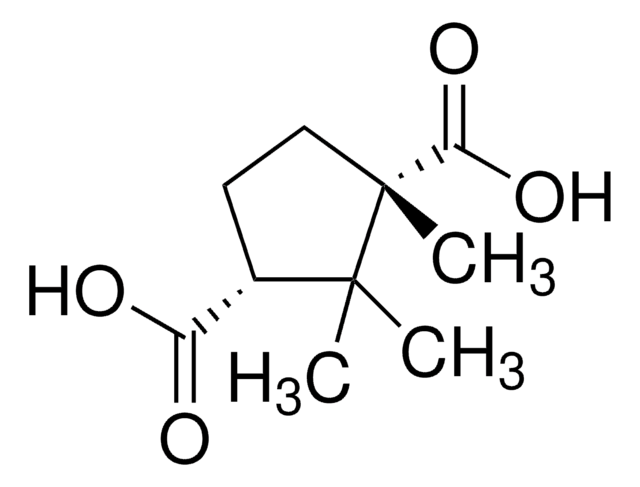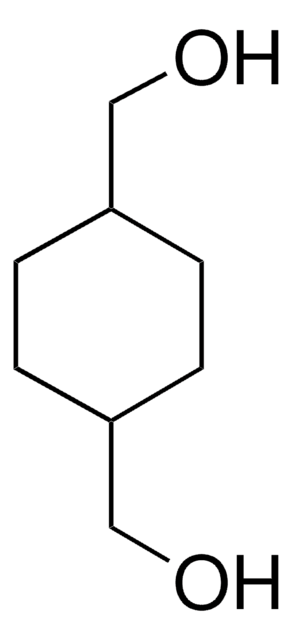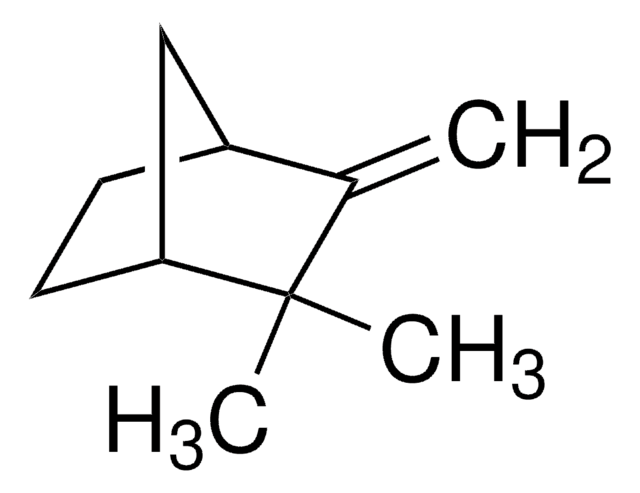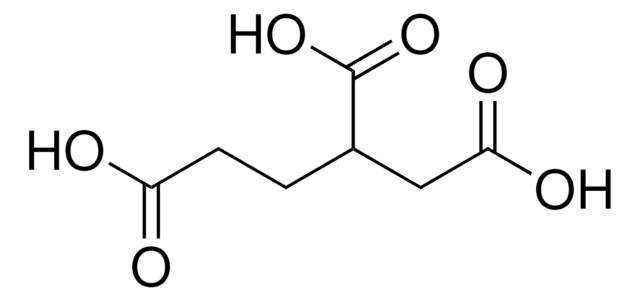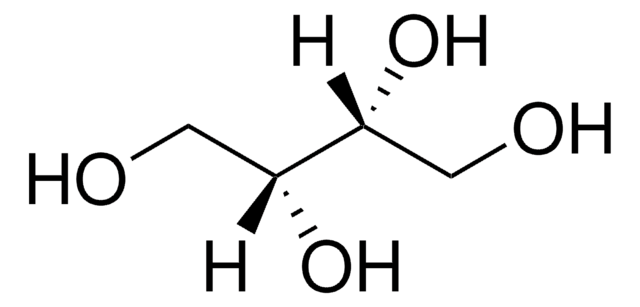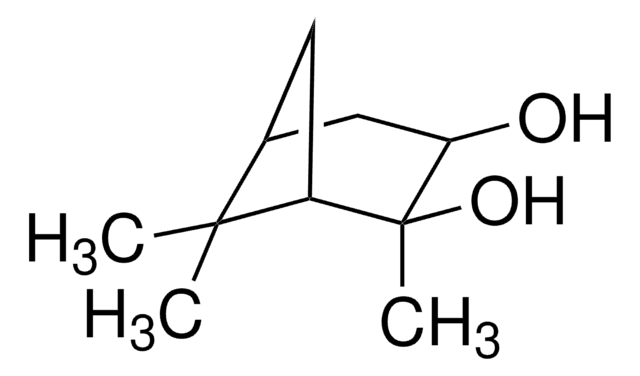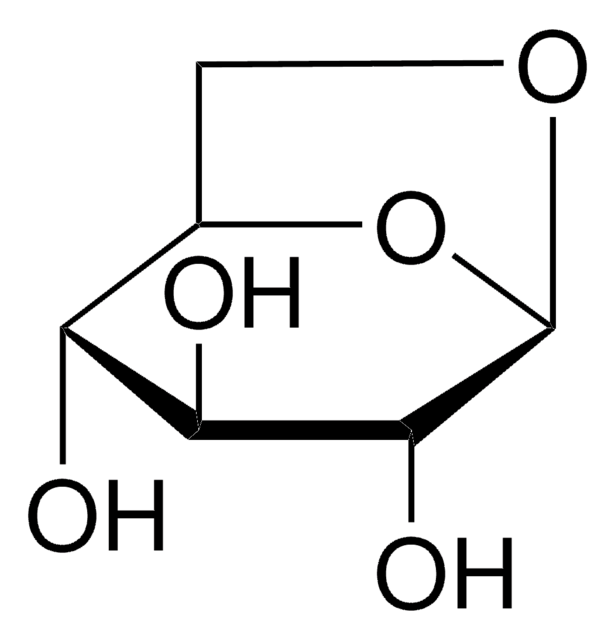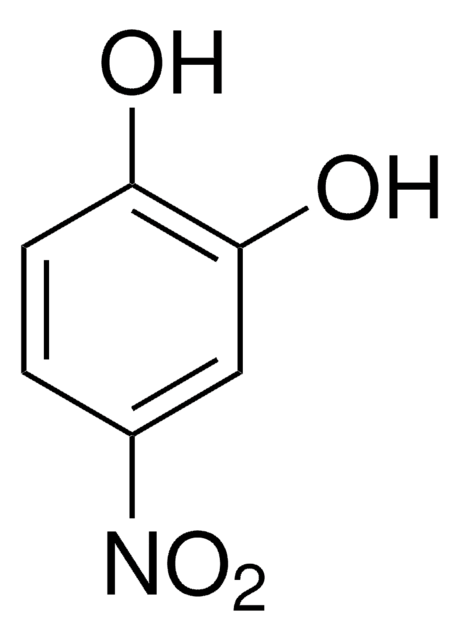110108
cis-Pinonic acid
98%
Sinônimo(s):
cis-3-Acetyl-2,2-dimethylcyclobutaneacetic acid
About This Item
Produtos recomendados
Ensaio
98%
Formulário
solid
pf
104-107 °C (lit.)
grupo funcional
carboxylic acid
ketone
cadeia de caracteres SMILES
CC(=O)[C@@H]1C[C@H](CC(O)=O)C1(C)C
InChI
1S/C10H16O3/c1-6(11)8-4-7(5-9(12)13)10(8,2)3/h7-8H,4-5H2,1-3H3,(H,12,13)/t7-,8+/m1/s1
chave InChI
SIZDUQQDBXJXLQ-SFYZADRCSA-N
Categorias relacionadas
Descrição geral
Palavra indicadora
Warning
Frases de perigo
Declarações de precaução
Classificações de perigo
Eye Irrit. 2 - Skin Irrit. 2 - STOT SE 3
Órgãos-alvo
Respiratory system
Código de classe de armazenamento
11 - Combustible Solids
Classe de risco de água (WGK)
WGK 3
Ponto de fulgor (°F)
Not applicable
Ponto de fulgor (°C)
Not applicable
Equipamento de proteção individual
dust mask type N95 (US), Eyeshields, Gloves
Escolha uma das versões mais recentes:
Certificados de análise (COA)
Não está vendo a versão correta?
Se precisar de uma versão específica, você pode procurar um certificado específico pelo número do lote ou da remessa.
Já possui este produto?
Encontre a documentação dos produtos que você adquiriu recentemente na biblioteca de documentos.
Os clientes também visualizaram
Nossa equipe de cientistas tem experiência em todas as áreas de pesquisa, incluindo Life Sciences, ciência de materiais, síntese química, cromatografia, química analítica e muitas outras.
Entre em contato com a assistência técnica